Bologna is famous for being one of the oldest cities in Europe, with a cultural heritage reflected not only in its magnificent medieval and Renaissance architecture, but also in the art scene that continues to grow every day. Bologna is the city of contemporary art and experimentation in the visual arts, known for its extraordinary propensity to investigate the possible media of the present, a privileged ground of study and research for several generations of artists. Because of its commitment and its having always been at the forefront of the art sector, the city is also home to Arte Fiera, the most historic and important Modern and Contemporary Art Fair in Italy, which traditionally takes place in February, accompanied by the Art City schedule, a long list of events with which the city comes alive with contemporary art in every corner.
In 2024 Arte Fiera turned 50 years old-a milestone that no other Italian art fair has yet crossed, and that only two other fairs in Europe can boast of having surpassed. In fact, it was 1974 when BolognaFiere decided to present, within what was then still called Fiera Campionaria, a small section dedicated to modern and contemporary art. It was a happy intuition, greeted by immediate success. Art in Bologna is thus not only a reflection of its past, but also a testimony to its cultural vitality. Through its works of art, the city continues to inspire and fascinate visitors from all over the world, offering them an artistic experience that is as historic as it is contemporary. The city’s streets are filled with art galleries, museums and ancient churches, offering art lovers a wide range of treasures to discover. So here are 10 places to experience contemporary art in Bologna!
The MAMbo is Bologna’s Museum of Modern Art: opened in 2007, it is housed in the former Forno del Pane (Bread Oven) and plays a central role in contemporary art, offering a point of view that encompasses the history of Italian art from after World War II to the present day. Through an extensive exhibition that focuses on research, the museum immerses itself in the present, exploring innovative practices of artistic experimentation. It also actively integrates itself into the cultural network, collaborating with numerous institutions and academies to promote and nurture debate on contemporary culture. Located in the center of the Manifattura delle Arti cultural district, MAMbo is surrounded by institutions and spaces dedicated to research and innovation, such as the Cineteca di Bologna, the laboratories of the DMS University Departments, the Faculty of Communication Sciences, and numerous associations and art galleries. Some of the artists exhibited in the permanent collection: Lucio Fontana, Marina Abramović & Ulay, Giorgio Morandi, Pier Paolo Pasolini, Renato Guttuso, Mimmo Rotella, Maurizio Cattelan. Part of the building also houses the Museo Morandi, which houses works by one of the greatest Bolognese artists of all time-Giorgio Morandi.
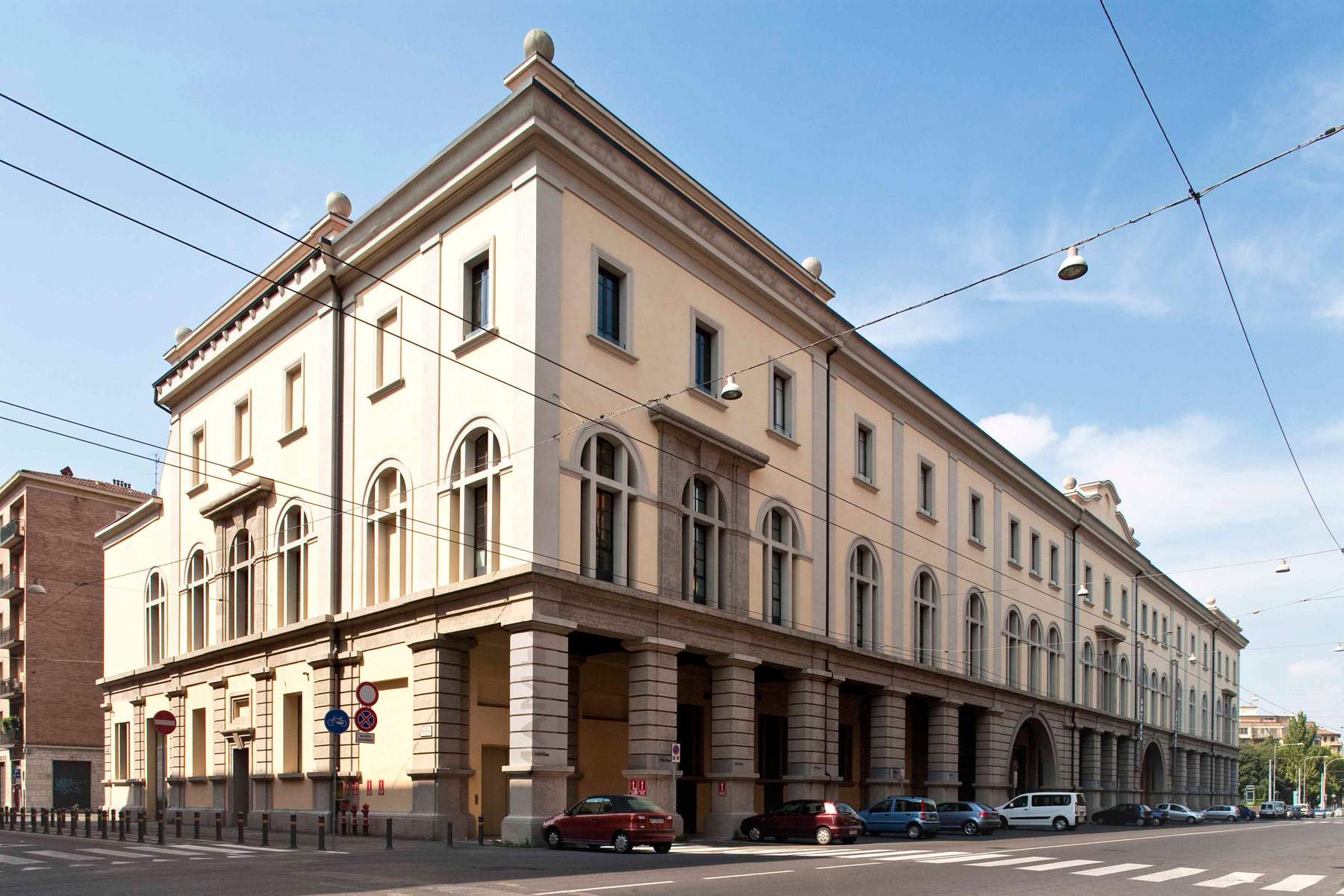
Casa Morandi, at 36 Via Fondazza, was the home of artist Giorgio Morandi (Bologna, 1890 - 1964) and his family from 1933 until his death. To date, the home has been transformed into a space that offers a journey through a careful selection of objects including photographs, books and documents, the purpose of which is to collect the most important moments in the master’s life. Through audio-visual installations, a library of more than 600 volumes, and a room dedicated to meetings and cultural activities, the aim is to delve into the painter’s artistic legacy. Morandi’s library and personal documents are open to the public, while art objects painted by the artist himself, such as vases, bottles, shells and studio models, are carefully arranged throughout the path and in the storage room, reconstructed to restore the real atmosphere of the time when the artist lived.
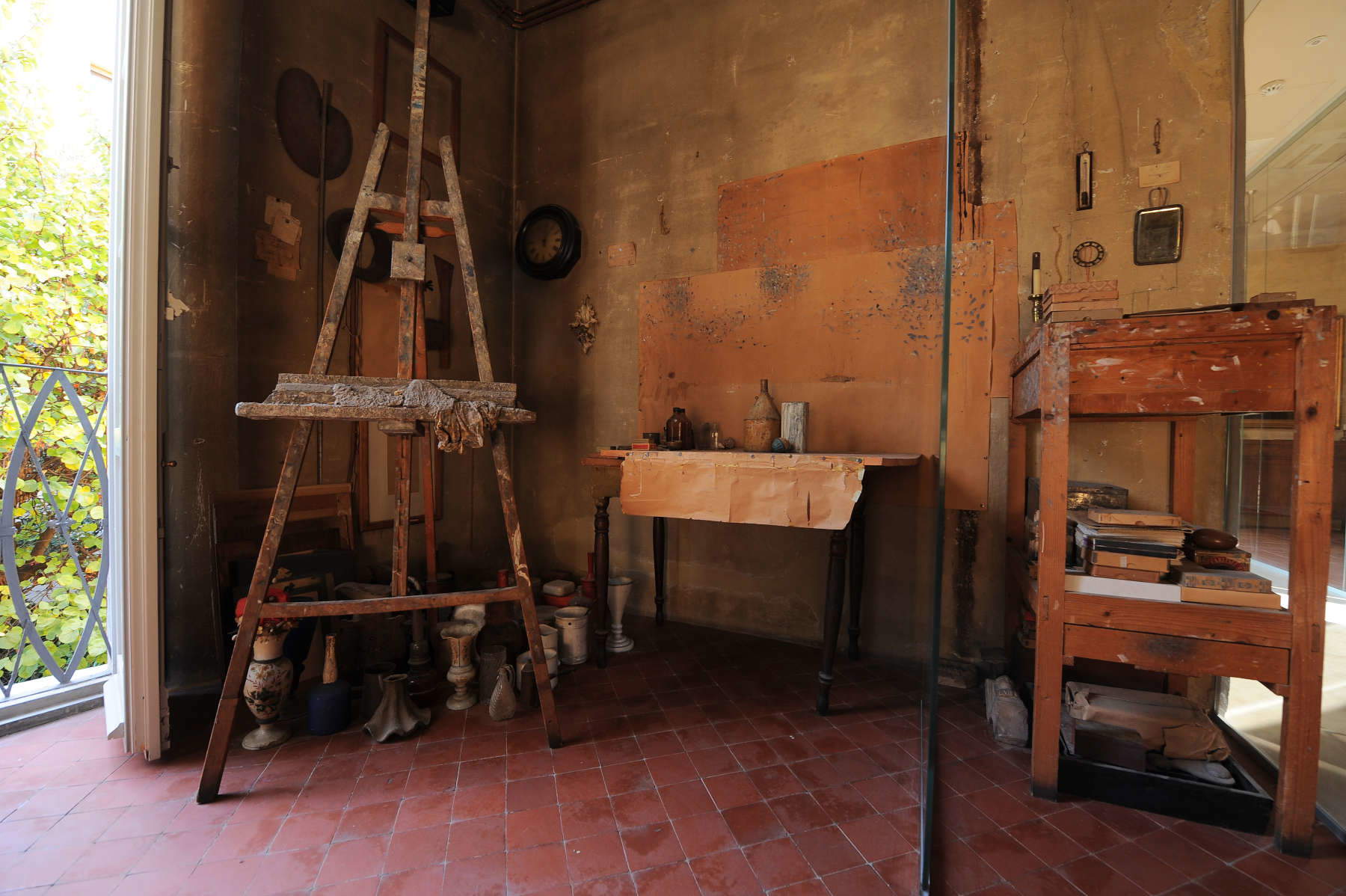
The MAST (Manifattura Arti, Sperimentazione e Tecnologia), home of the Foundation of the same name, presents itself as an international and cultural institution that places technology, art and innovation at the center of its projects. Located next to Coesia’s headquarters, MAST is part of a multifunctional complex spanning 25,000 square meters and promotes constant integration between business and citizens. Corporate wellness services merge with a rich program of cultural activities offered free of charge to the public of all ages in the MAST spaces. The goal of the MAST Foundation is to be a place accessible to every citizen, where art and photography of the business world come together to create a cultural destination that stimulates and engages, contributing to people’s individual growth and well-being. Over the years, MAST has come to be appreciated for its remarkable exhibition offerings, mainly concerning contemporary photography: a visit for enthusiasts is a must.
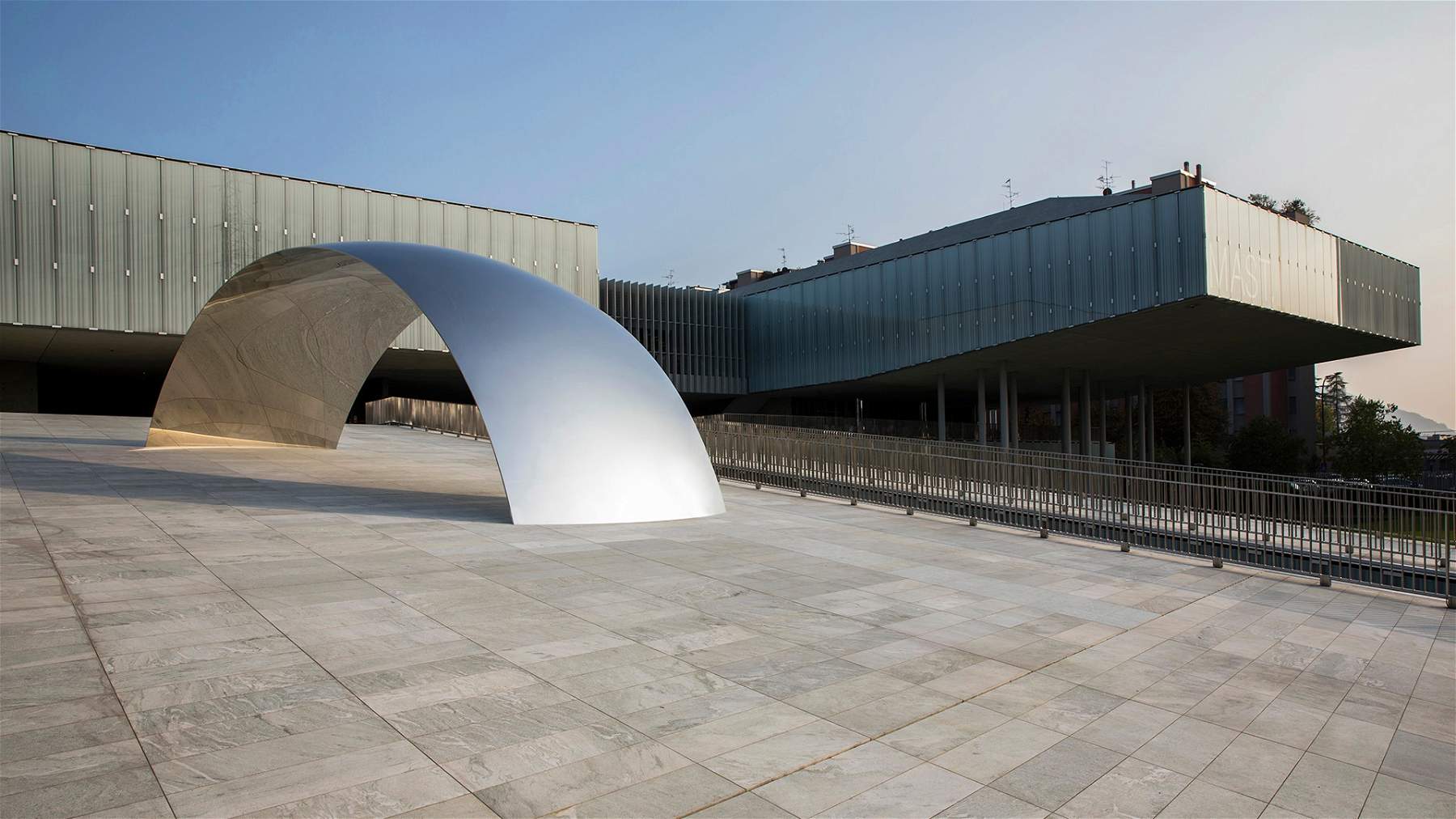
The Lercaro Collection is a museum that includes ancient, modern and contemporary art. Created from the collection of works collected by Cardinal Giacomo Lercaro along with significant donations from prestigious artists and collectors, the museum took shape thanks to a project started in 1971, at the initiative of Lercaro himself, with the aim of offering everyone an opportunity for intellectual and spiritual growth. Today, the collection includes significant pieces of ancient art as well as modern and contemporary works by leading artists of the 19th and 20th centuries, including Giacomo Manzù, Giacomo Balla and Giorgio Morandi. The exhibition route aims to create a synergy between the different expressive aspects of art, ranging from the naturalistic portraiture of Giovanni Boldini, to the innovative sign of Giacomo Balla’s Futurist postcards, to the essentiality and depth of Giorgio Morandi’s work.
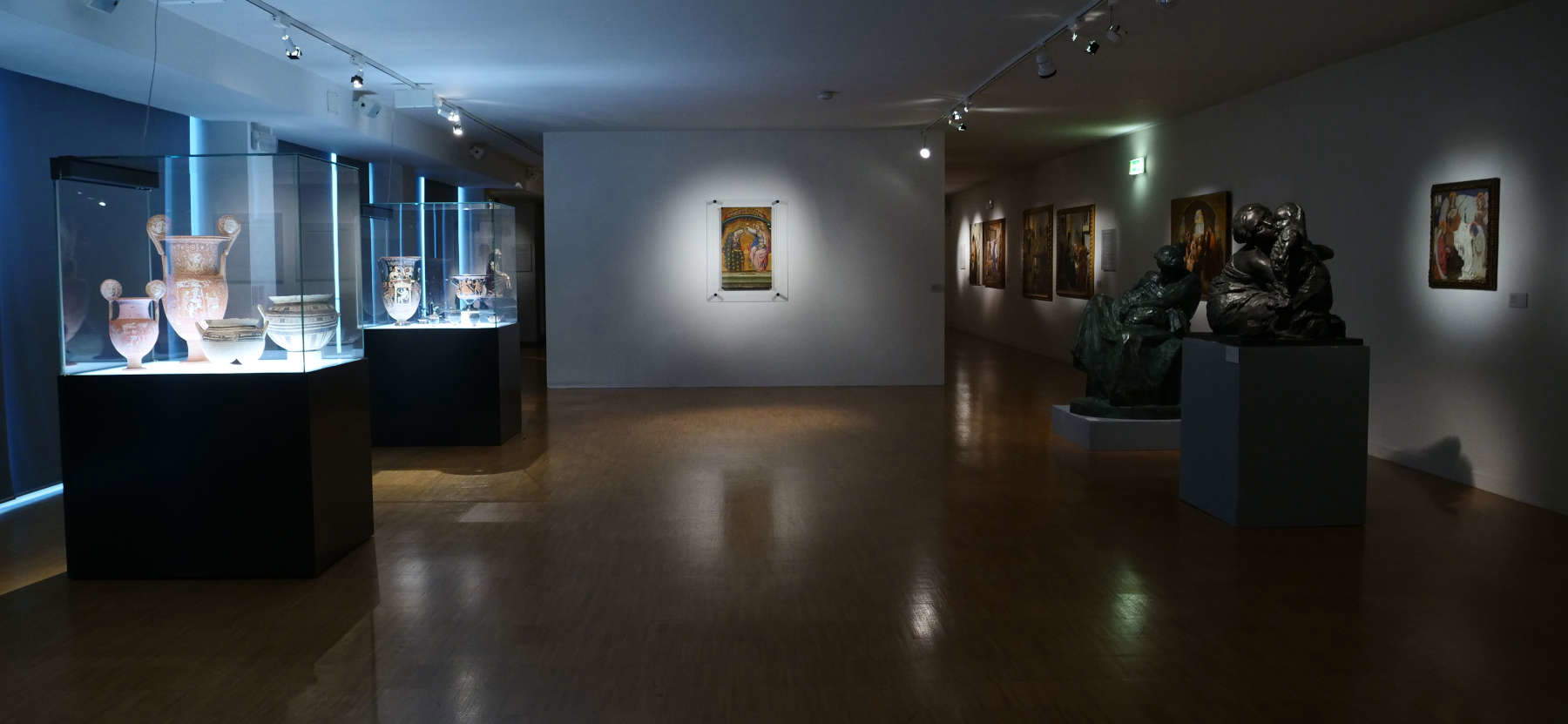
CUBO represents Unipol Group ’s corporate museum, designed to share experiences, cultural heritage, Unipol’s history and the social role of insurance through art and culture. Through educational initiatives, CUBO promotes innovation and highlights the impact of technology on issues relevant to the Group. The museum is dedicated to the collection, preservation and enhancement of Unipol’s artistic and historical heritage, with the aim of fostering an understanding of the past that promotes awareness of the present and confidence in the future. Located in Bologna, within the elevated square of the Porta Europa headquarters, CUBO offers an exhibition space, venues for events and meetings, gardens for outdoor activities, and multimedia spaces for consulting the historical archive and simulating training modules on road safety education. Several exhibitions by contemporary artists have been hosted by CUBO over the years.
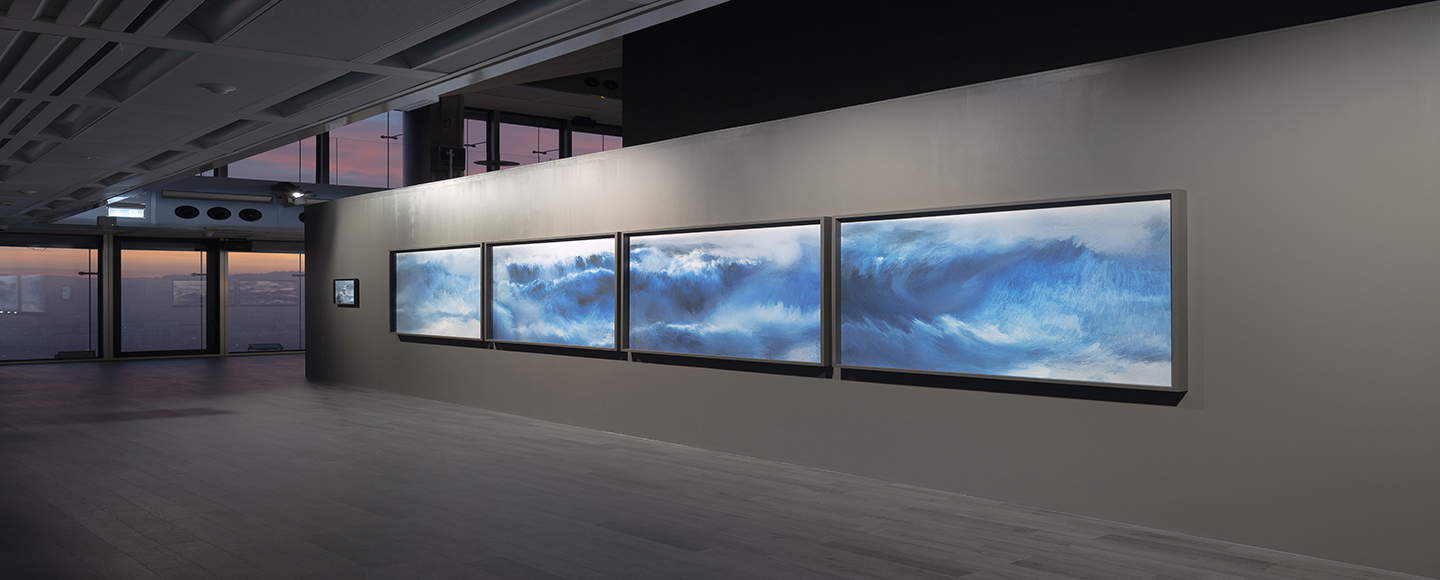
The Cavaticcio Park stands on a thin strip of green and stretches for a few hundred meters at the site that once housed the old port of Bologna. The space takes its name from the Cavaticcio canal, which originates from the Reno River, exploited as a source of energy by the many factories, including factories and mills, present in the area since the 12th century. As of today, the park has become an integral part of the new cultural and entertainment hub that develops between MAMbo, the Cassero and the Cineteca. In summer, this place is transformed into the stage for a long festival that kicks off with Bio Parco, a series of concerts organized on the occasion of the Biografilm Festival and featuring performances by leading names from the Italian rock and hip hop scene. Inside the garden are also several contemporary monuments, including Salara, an ancient salt warehouse; Scudo, adorned with a fountain created by Mimmo Paladino; and the statue depicting Freak Antoni sitting on a toilet tied to a rocket headed for the sky, by Daniele Rossi and Corrado Marchese.
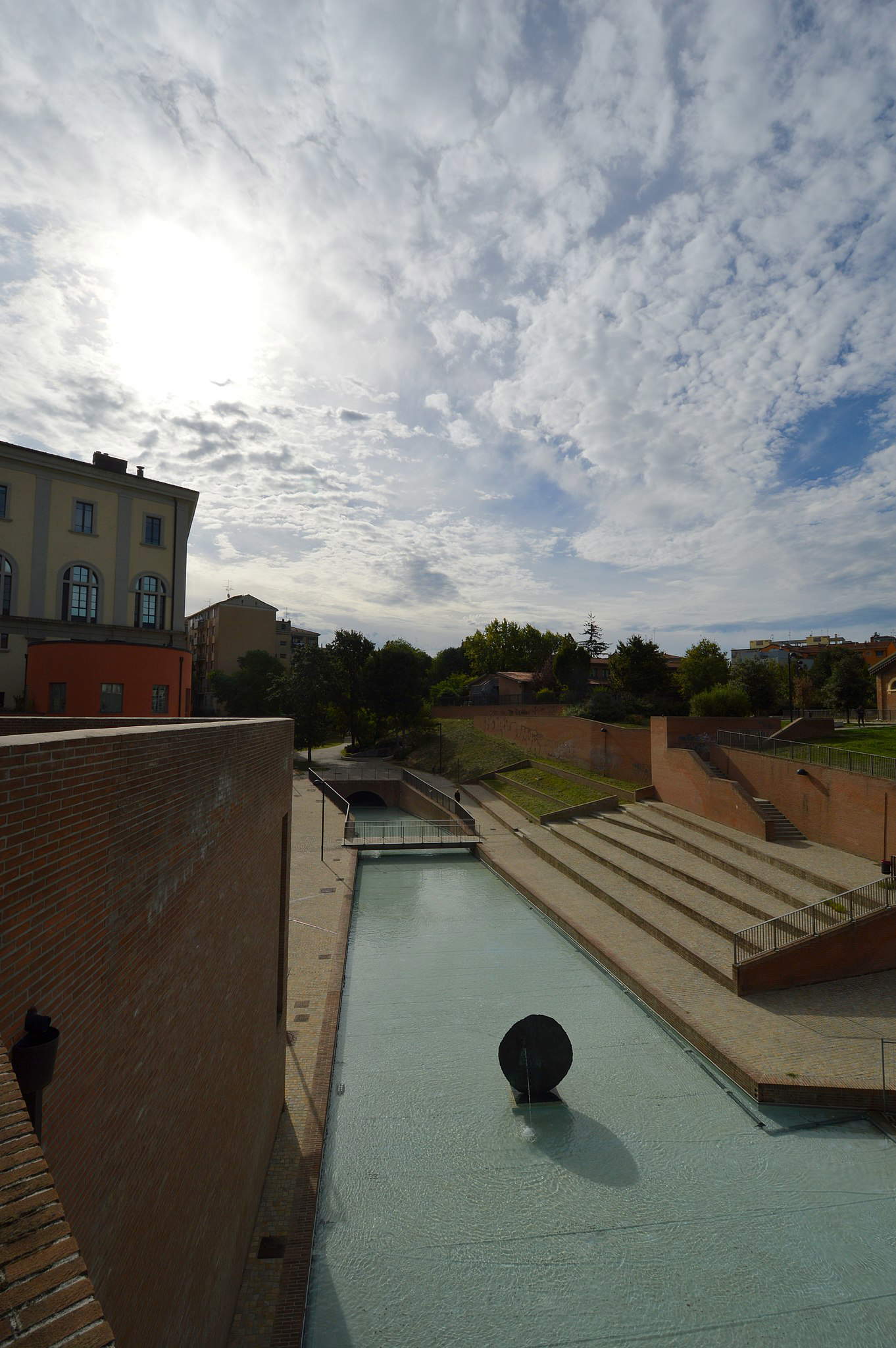
The Ustica Memorial Museum in Bologna is a memorial dedicated to the Ustica tragedy and the victims of the tragic event. Located inside the former Zucca tram depot in the Bolognina district, it offers visitors the chance to remember the tragedy of June 27, 1980, when the Bologna-Palermo flight of the DC9 Itavia crashed into the sea, causing the loss of eighty-one people. Through a dedicated room, visitors can explore and understand the events through audio-video documentations accessible through computer stations. In 2007, the museum was opened and the remains of the plane were displayed to the public in a permanent installation inside the former ATC warehouses, restored by architect Gian Paolo Mazzucato. Curated by artist Christian Boltanski, the work consists of 81 lights and 81 mirrors, each representing one of the victims of the tragedy. Some of the crates, out of view of visitors, hold personal items that belonged to the victims, helping to preserve the memory of those involved in this tragedy.
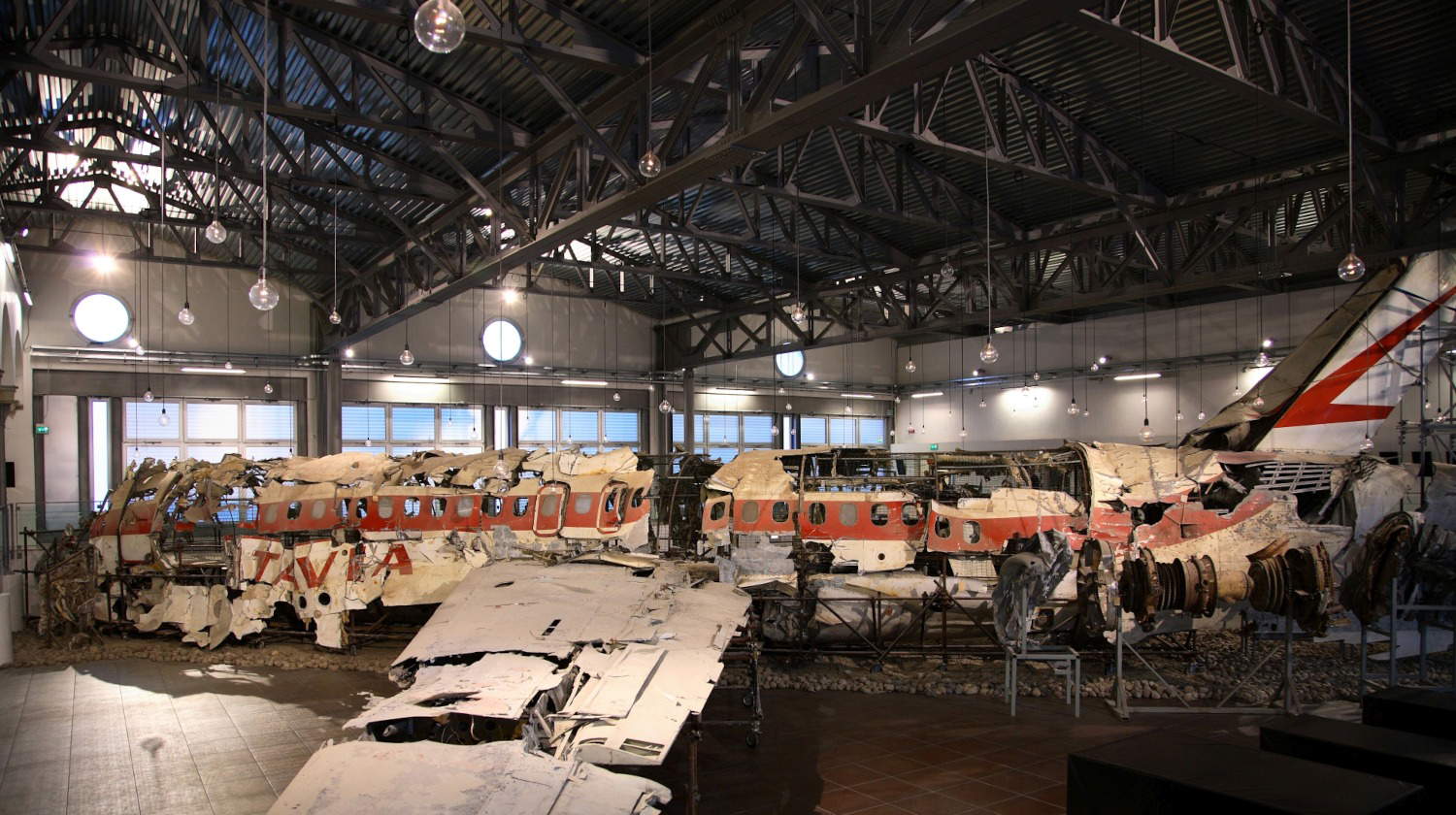
On July 1, 2008, Sala d’Attesa was inaugurated at the Pantheon at Certosa: a revolutionary installation curated by artist Flavio Favelli. The space was designed as a welcoming place where to commemorate loved ones together with relatives and friends, a meeting place. The work aims to recreate an environment that recalls a sense of home, of familiarity, a corner that brings one closer to the private, to intimacy, acting as a physically accessible mental shelter. Within the room, art interacts with everyday life, with the real world that is sometimes alien to traditional art contexts, such as museums and galleries, especially at times of suffering and pain and particularly delicate moments. The goal not a total transformation of the space, but to renew the place through artistic expression.
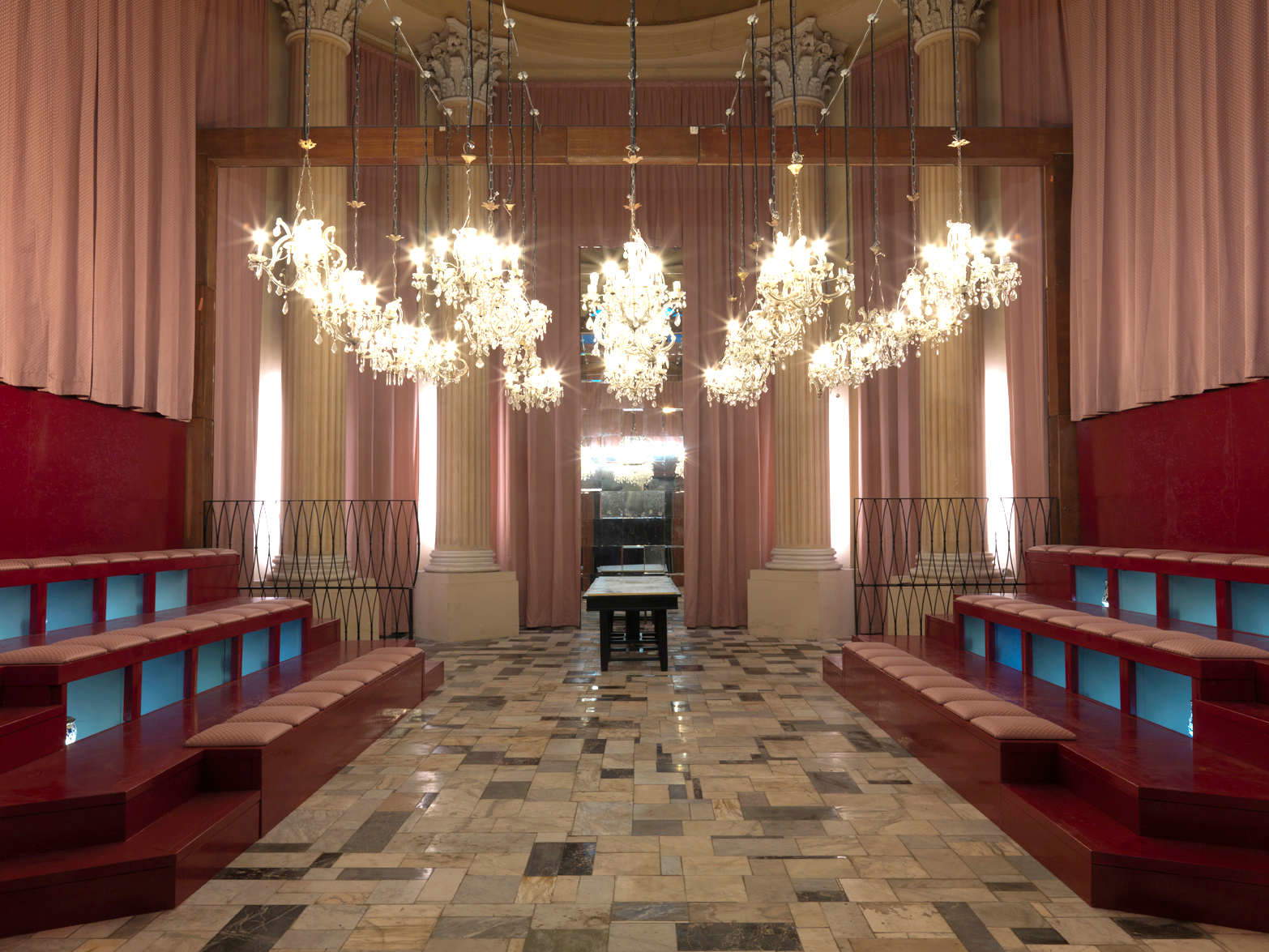
Bologna stands out as one of Europe’s most important and famous capitals for wall writing and street art. At the forefront since the 1970s, the city has been home to a diverse art scene, with writers joined by artists engaged in the creation of murals, with the aim of reclaiming and reappropriating the spaces of the urban periphery. Among the most celebrated murals, works by Lokiss & Rae Martini, Levalet’s Poster Art, Ericailcane ’s distinctive mice and Bastardilla’s female figures stand out. Luis Gutierrez, has been a constant presence since 1988 at 38 Via Zamboni.Aerosol Art, on the other hand, has found a home at Palazzo Pepoli, inside the Museum of the History of Bologna, with a permanent work signed by Bolognese artists Dado and Rusty, which can also be visited without the need for an entrance ticket. From Viale Masini, you can admire the work of 108.
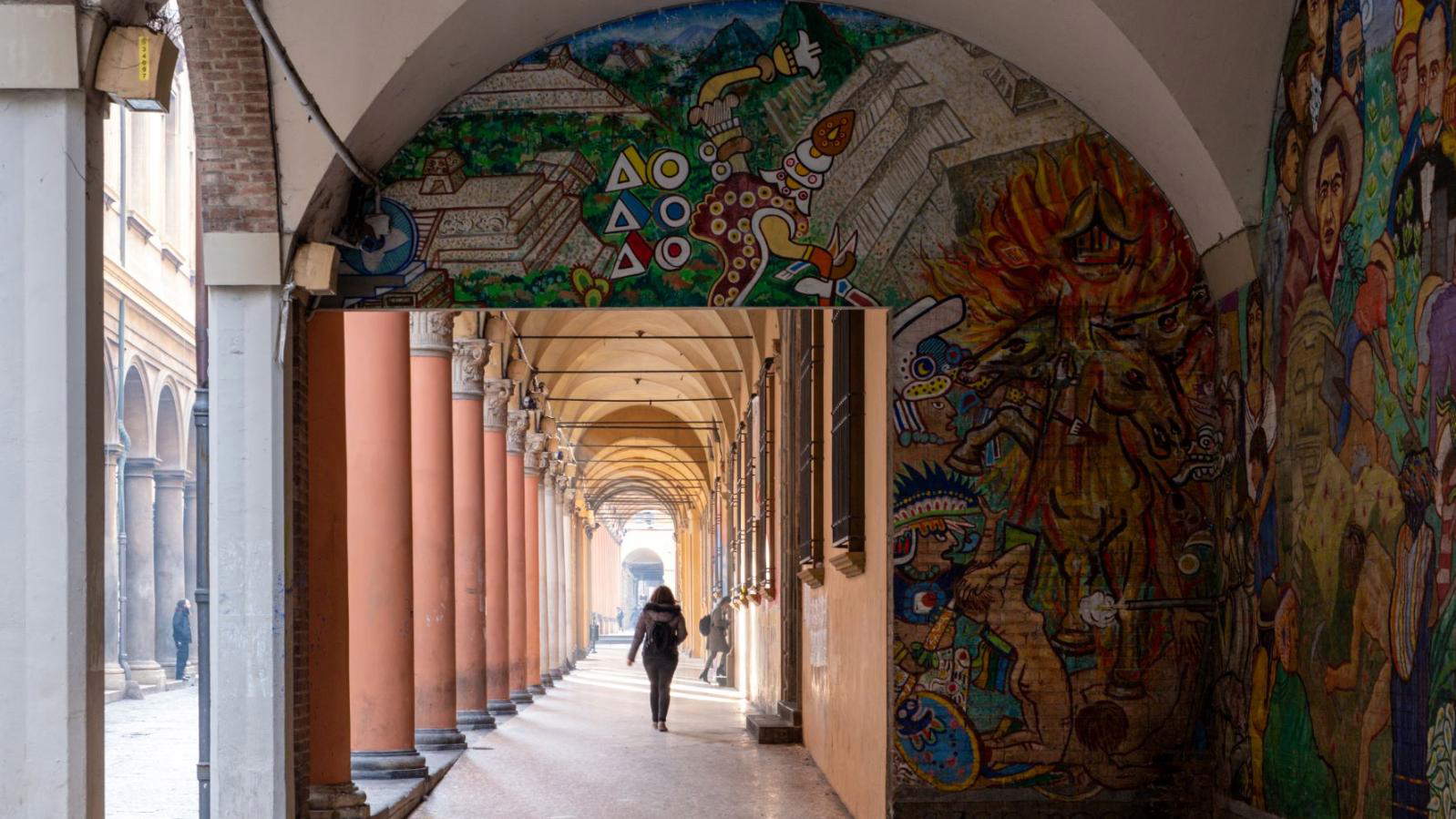
In Bologna, art is in every corner of the city, and it has always promoted freedom of expression that invites exercise and open-mindedness. These issues are represented by the exceptional efforts of theAssociazione Gallerie d’Arte Moderna e Contemporanea Confcommercio Bologna, which daily stimulates visitors to explore the world of art. Art galleries, a wealth of artistic and cultural research, constitute a heritage accessible to all, with free admission and flexible hours. In particular, during significant occasions such as Arte Fiera, the prestigious fair on modern and contemporary art in Bologna, such spaces come alive with artists and enthusiasts from all over the world. Some of the most renowned galleries include Forni Gallery, Gallery de’ Foscherari, L’Ariete artecontemporanea, CAR drde, Di Paolo Arte, Cinquantasei Art Gallery, and P420, all of which are often present at major art fairs.
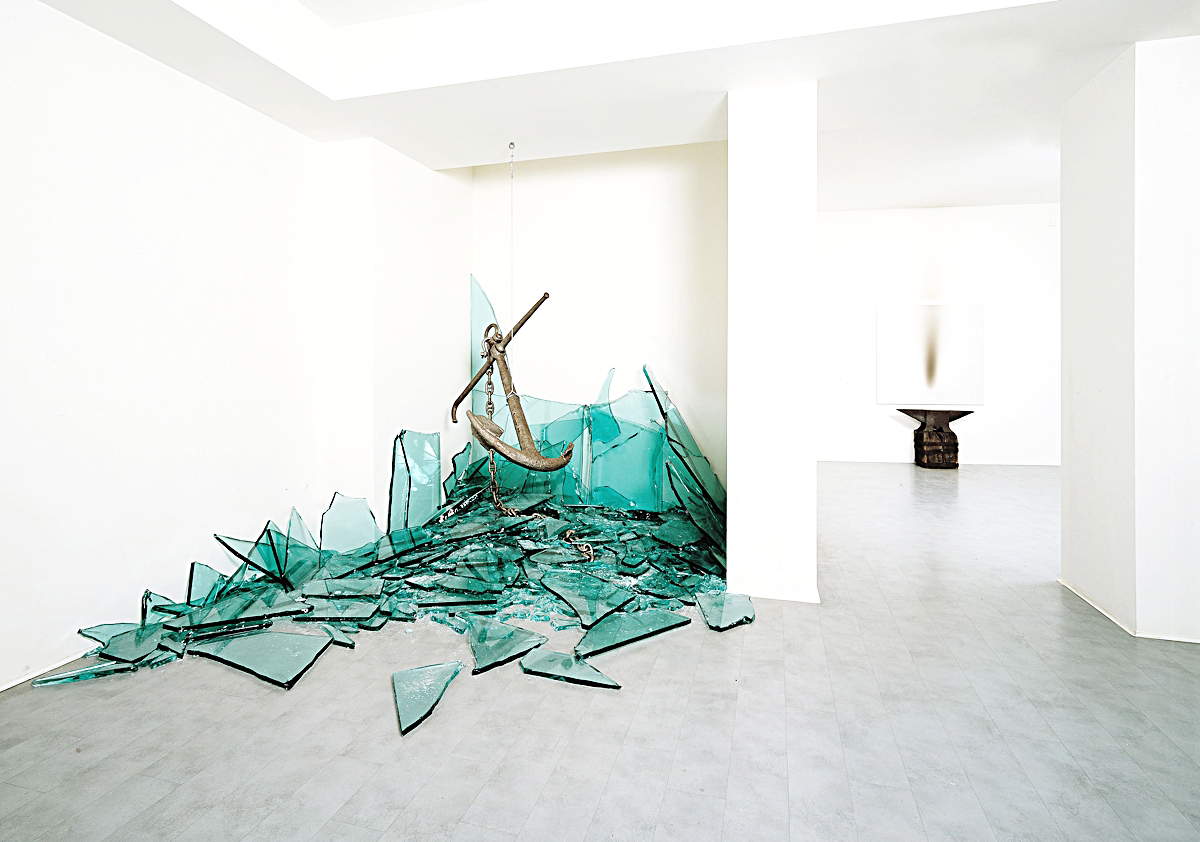
 |
| Contemporary art in Bologna: 10 places to see it |
Warning: the translation into English of the original Italian article was created using automatic tools. We undertake to review all articles, but we do not guarantee the total absence of inaccuracies in the translation due to the program. You can find the original by clicking on the ITA button. If you find any mistake,please contact us.